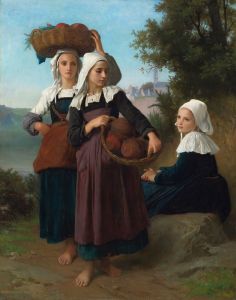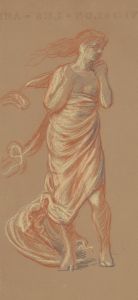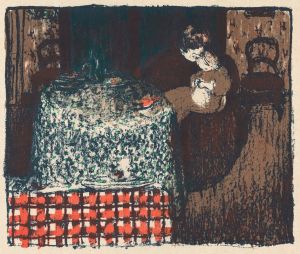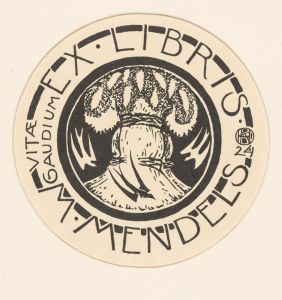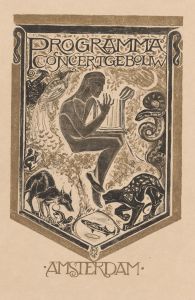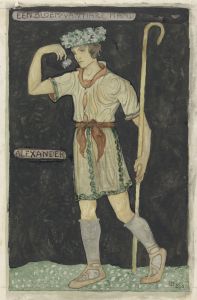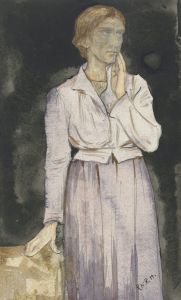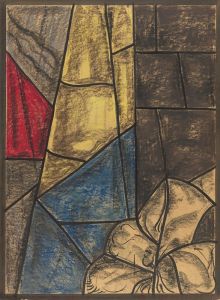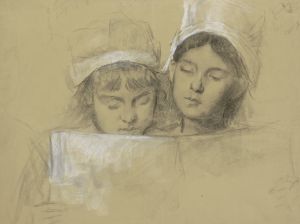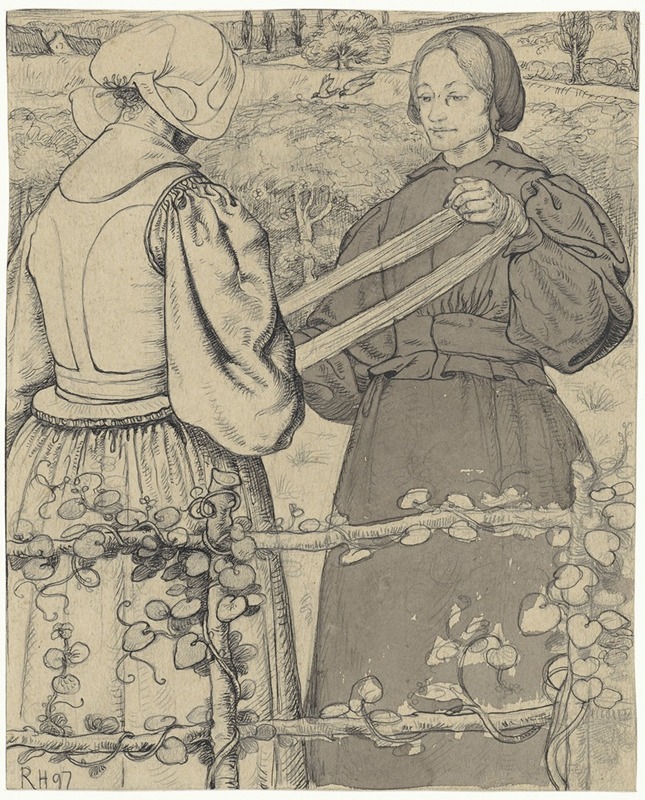
Huizer meisjes die garen winden
A hand-painted replica of Richard Nicolaüs Roland Holst’s masterpiece Huizer meisjes die garen winden, meticulously crafted by professional artists to capture the true essence of the original. Each piece is created with museum-quality canvas and rare mineral pigments, carefully painted by experienced artists with delicate brushstrokes and rich, layered colors to perfectly recreate the texture of the original artwork. Unlike machine-printed reproductions, this hand-painted version brings the painting to life, infused with the artist’s emotions and skill in every stroke. Whether for personal collection or home decoration, it instantly elevates the artistic atmosphere of any space.
"Huizer meisjes die garen winden" is a painting by the Dutch artist Richard Nicolaüs Roland Holst, created in the late 19th or early 20th century. Roland Holst was a prominent figure in the Dutch art scene, known for his involvement in the Symbolist movement and his contributions to various forms of art, including painting, illustration, and design.
Richard Nicolaüs Roland Holst was born on December 4, 1868, in Amsterdam, Netherlands. He was part of a well-known artistic family and was married to the poet and socialist Henriette Roland Holst. His artistic career was marked by a deep engagement with social issues and a commitment to integrating art with life, which was a common theme among artists of the Symbolist movement. Roland Holst was also influenced by the Arts and Crafts movement, which emphasized traditional craftsmanship and the decorative arts.
The painting "Huizer meisjes die garen winden" translates to "Huizer Girls Winding Yarn." It depicts young women from the village of Huizen, located in the province of North Holland. During the time Roland Holst was active, Huizen was known for its traditional costumes and rural lifestyle, which often attracted artists interested in capturing the essence of Dutch cultural heritage. The painting reflects Roland Holst's interest in everyday life and his ability to infuse ordinary scenes with a sense of dignity and beauty.
In "Huizer meisjes die garen winden," Roland Holst employs a style that combines realism with elements of symbolism. The composition is carefully arranged, with attention to detail in the depiction of the girls' traditional clothing and the tools they use for winding yarn. The use of light and shadow in the painting adds depth and highlights the serene expressions of the subjects, suggesting a sense of harmony and tranquility.
Roland Holst's work is characterized by a strong sense of design and an emphasis on line and form, which can be seen in this painting. His approach often involved a synthesis of different artistic influences, including the Pre-Raphaelites and the work of his contemporaries in the Dutch art scene. This blend of influences is evident in the way he captures the textures and patterns of the girls' clothing and the surrounding environment.
Throughout his career, Roland Holst was deeply involved in the artistic community in the Netherlands. He was a member of several influential art societies, including the Amsterdam-based artists' association Arti et Amicitiae and the Dutch branch of the international art movement known as the Vienna Secession. His contributions to the arts extended beyond painting, as he also worked as a designer of stained glass windows, book illustrations, and murals.
"Huizer meisjes die garen winden" is a testament to Roland Holst's ability to portray the beauty of everyday life while also reflecting broader themes of cultural identity and social harmony. The painting remains an important example of his work and continues to be appreciated for its artistic and historical significance.





